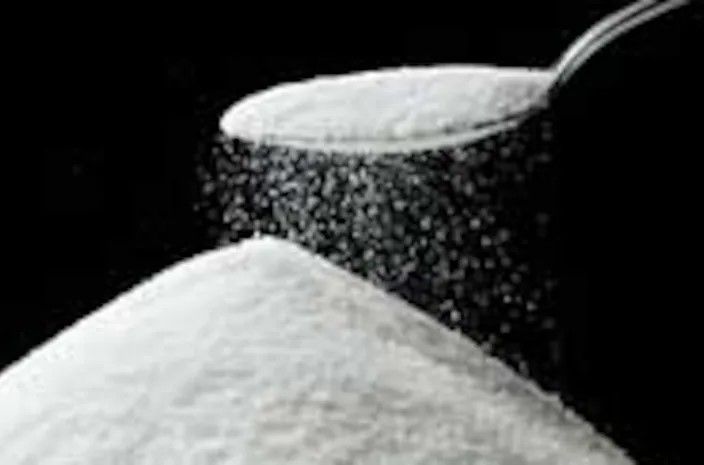At a time when El Niño is battering sugar plantations in Negros Occidental (the sugar center of the country) and Batangas, the United States is enticing us to export our raw sugar when the country already faces the specter of a looming sugar shortage.
The export of class A sugar (or the quota for the US market) was stopped by President Duterte in April 2021, which led the Department of Agriculture and the Sugar Regulatory Administration to issue a resolution dated April 13, putting an end to export of class A sugar to the US. Back then class A sugar sold to the US was at P350 per bag or P7,000 per metric ton.
Last December 2023, SRA Administrator Pablo Luis Azcona offered to export 30,000 to 60,000 tons of raw sugar to the US to partly fulfill its supply commitment to that country.
The US gives a minimum in-quota allocation to comply with its commitment to the World Trade Organization.
The US set the Philippine allocation at 145,235 MT which October 2023 tto September 30, 2024. However, the Philippines failed to meet its quota because raw sugar production locally has been short of local requirements.
Sugar quota
The SRA alloted for 2023-2024 the entire sugar output for B sugar (domestic use) amid a projected 10 to 15 percent shortfall in production due to El Nino.
SRA wrote the USDA at the start of the milling season in September requesting for a moratorium on its quota allocation for the US to maintain the US market for raw sugar.
Azcona said volunteers presented to serve the US market so he told the USDA about this development, hence the USDA announced it was hiking its sugar quota to the Philippines.
Yet, complying with this commitment the SRA has to convert all “B” (domestic) sugar to the A quota (US market), which the SRA board must concur.
Having just come from a sugar crisis (which forced SRA to recommend the importation of the controversial 300,000 MT of sugar last year that President Ferdinand Marcos, Jr. rejected but later that year ordered the importation of 450,000 MT), it would be unwise to even entertain proposals of exporting raw sugar to the US market and importing refined and brown sugar to satisfy the requirements of households and industrial users.
Last year, refined sugar retailed for P100 and up per kg.
Possible shortage
It would seem irrelevant (and immoral to me) to even think of exporting raw sugar to the US when our local market could not even be served well by the sugar centrals.
The latest report is that Western Visayas (or the sugar region) would lose practically its entire output from the El Nino.
Latest accounts said among the sugar plantations severely affected by El Nino are those from Kabankalan City in Negros Occidental and Batangas, the SRA said while assuring the public that there is enough supply of sugar in the country.
Sugar output is expected to drop from a target of 1.850 MMT to 1.750 million metric tons, a drop of more than 100,000 MT, the SRA said.
"Sometimes 20 to 30% or even more decrease... 'Yung progressive farmers natin sa Negros, everyone has been complaining of a drop. In Batangas, the same thing. So this is all related to weather," reported the Manila Standard quoting Azcona.
The Philippines used to have the bulk of the US raw sugar quota, which was discontinued during the time of Duterte, whose pivot to China and attacks on the US policies displeased America prompting it to shelve its quota allocations for the Philippines.
The United Sugar Producers Federation of the Philippines (UNIFED) said if only there were enough water, sugarcane plants would thrive. “The effect of the drought will be next crop year. Starting September this year all the way to 2025, that is when we will feel the tightness in supply, UNIFED president Manuel Lamata told GMA News.
"It is concerning po. If you have less production, there will be less money for the farmer. That's how it's going to be. And we're going to be importing more sugar kung ganoon," he added.
The SRA however said although sugar production would decline, there is no need for consumers and businesses to worry as there is enough buffer stock of sugar amounting to 200,000 metric tons.
Even if production drops, we have buffer stock [of sugar]. So retail [price] should not go up because of that. Current rates must remain until milling ends. So we will always have a buffer because we are harvesting and mills will have enough to produce, remarked Azcona.
The President has already approved the allocation of P5 billion to allow the government to buy sugar from farmers through the Philippine International Trading Corporation.
The sugar to be bought by the government is expected to be sold in the market from June to September this year before the milling season starts.
#WeTakeAStand #OpinYon #SugarImportation #
